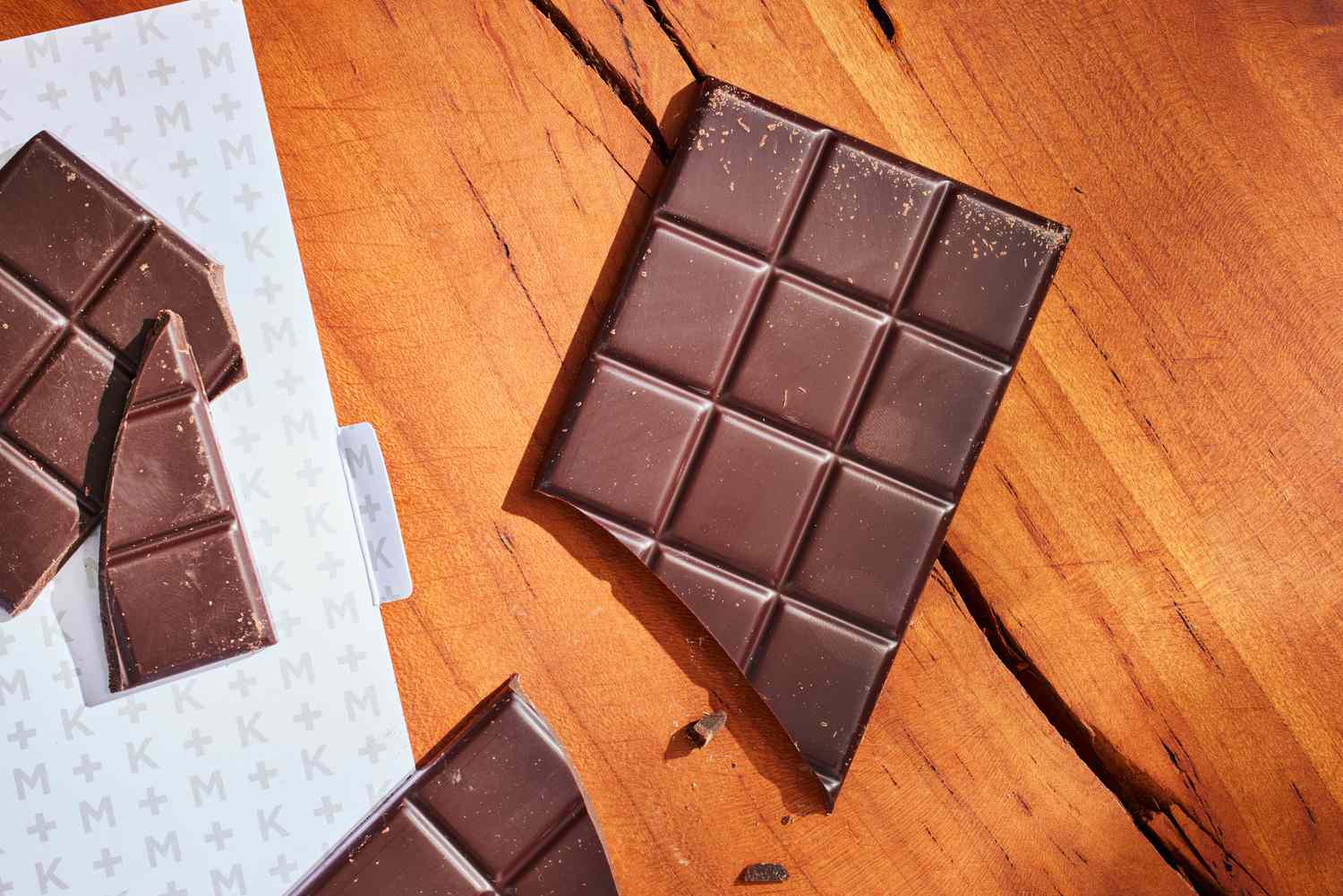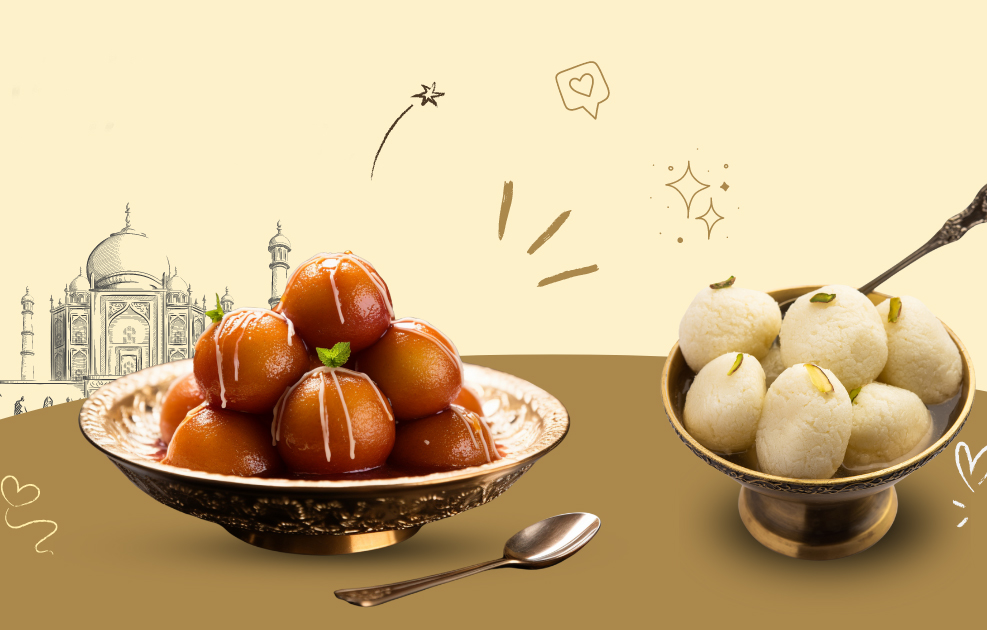Chocolate bars are one of the most beloved and recognizable treats around the world. From childhood favorites like Snickers and Kit Kat to artisanal dark chocolate creations, these compact confections have a rich history, a diverse range of flavors, and a loyal following across all ages. Whether enjoyed as a midday snack, a gift, or a comfort food, chocolate bars offer more than just sweetness—they bring nostalgia, joy, and even a hint of luxury.
The Origins of Chocolate Bars
The story of chocolate dates back thousands of years. The ancient Mayans and Aztecs consumed chocolate in the form of a bitter beverage made from cacao beans. It wasn’t until the 19th century that chocolate evolved into the familiar bar form we know today.
In 1847, the first solid chocolate bar was created by Joseph Fry, who mixed cocoa powder with sugar and cocoa butter. Shortly after, companies like Cadbury and Nestlé entered the scene, pioneering mass production and introducing chocolate bars to a wider audience.
One of the most transformative moments in chocolate history came with the invention of milk chocolate by Daniel Peter and Henri Nestlé in 1875. This innovation led to the creation of smoother, sweeter chocolate that appealed to a broader public and laid the foundation for many modern chocolate bars.
Types of Chocolate Bars
Today, chocolate bars come in a wide variety of types and textures. The basic classifications include:
- Milk Chocolate Bars: Made with milk solids, cocoa, and sugar. They are smooth, sweet, and widely popular.
- Dark Chocolate Bars: Contain a higher percentage of cocoa solids and less sugar, offering a more intense and slightly bitter flavor.
- White Chocolate Bars: Technically not true chocolate, as they contain no cocoa solids—only cocoa butter, sugar, and milk solids.
- Filled Bars: These include additions such as caramel, nougat, nuts, or fruit fillings (e.g., Snickers, Milky Way, or Mars).
- Artisan and Gourmet Bars: These often feature single-origin cocoa, unique ingredients (like sea salt or chili), and sustainable sourcing.
Popular Chocolate Bar Brands
Some chocolate bars have become household names and cultural icons. Here are a few that have stood the test of time:
- Hershey’s: A classic American favorite known for its creamy milk chocolate bars and variety of flavored offerings.
- Cadbury Dairy Milk: A British staple known for its smooth texture and rich taste.
- Snickers: A combination of nougat, caramel, and peanuts covered in milk chocolate.
- Kit Kat: Famous for its wafer-filled structure and the iconic “Have a break” slogan.
- Toblerone: A Swiss chocolate bar known for its unique triangular shape and honey-almond nougat flavor.
These brands have not only become snack-time staples but have also introduced regional variations to cater to different tastes across the globe.
The Global Market and Innovation
The global chocolate bar market is worth billions of dollars, and it continues to grow with innovations in flavors, packaging, and health-conscious options. Many manufacturers now produce:
- Vegan and Dairy-Free Bars: Made with plant-based milk alternatives like oat, almond, or coconut.
- Low-Sugar or Keto-Friendly Bars: Designed for people watching their sugar intake.
- Ethical and Sustainable Chocolate: Featuring fair-trade certified cocoa or responsibly sourced ingredients.
In addition, many brands focus on creating unique, seasonal, or limited-edition flavors to attract adventurous consumers. Bars infused with exotic spices, floral flavors, or locally inspired ingredients have become increasingly popular.
Chocolate Bars and Culture
Chocolate bars are more than just food—they’re part of pop culture. They’ve made appearances in movies, TV shows, and even political events. Chocolate bars also serve as a quick and heartfelt gift for occasions like Valentine’s Day, Halloween, or simply to say “thank you.”
Moreover, the nostalgia attached to childhood favorites makes chocolate bars emotionally resonant for many. That comforting first bite of a favorite bar can instantly bring back memories of simpler times.
Health Considerations
While chocolate bars are indulgent, moderation is key. Dark chocolate, in particular, contains antioxidants called flavonoids that may support heart health. However, most commercial chocolate bars are high in sugar, saturated fat, and calories, so it’s wise to enjoy them occasionally as part of a balanced diet.
That said, the market now includes healthier options made with less sugar, higher cocoa content, or added superfoods like nuts, seeds, or quinoa, allowing consumers to indulge more mindfully.
Conclusion: A Sweet Constant in a Changing World
Chocolate bars continue to evolve with the times—offering new flavors, healthier ingredients, and ethical sourcing—yet they remain a comforting, familiar treat. Whether you prefer the rich intensity of dark chocolate, the sweetness of milk chocolate, or an adventurous new flavor, there’s a chocolate bar out there for everyone. From vending machines to gourmet boutiques, chocolate bars are a timeless delight that transcends borders, cultures, and generations. One bite is all it takes to understand why this simple treat continues to bring so much joy around the world.


